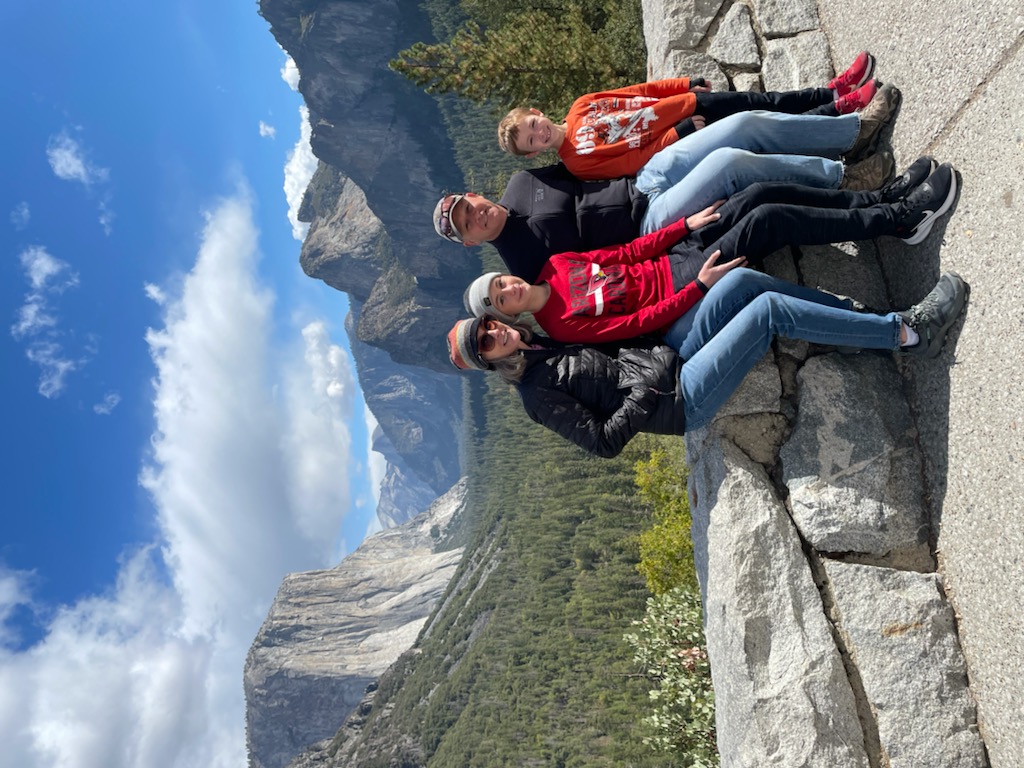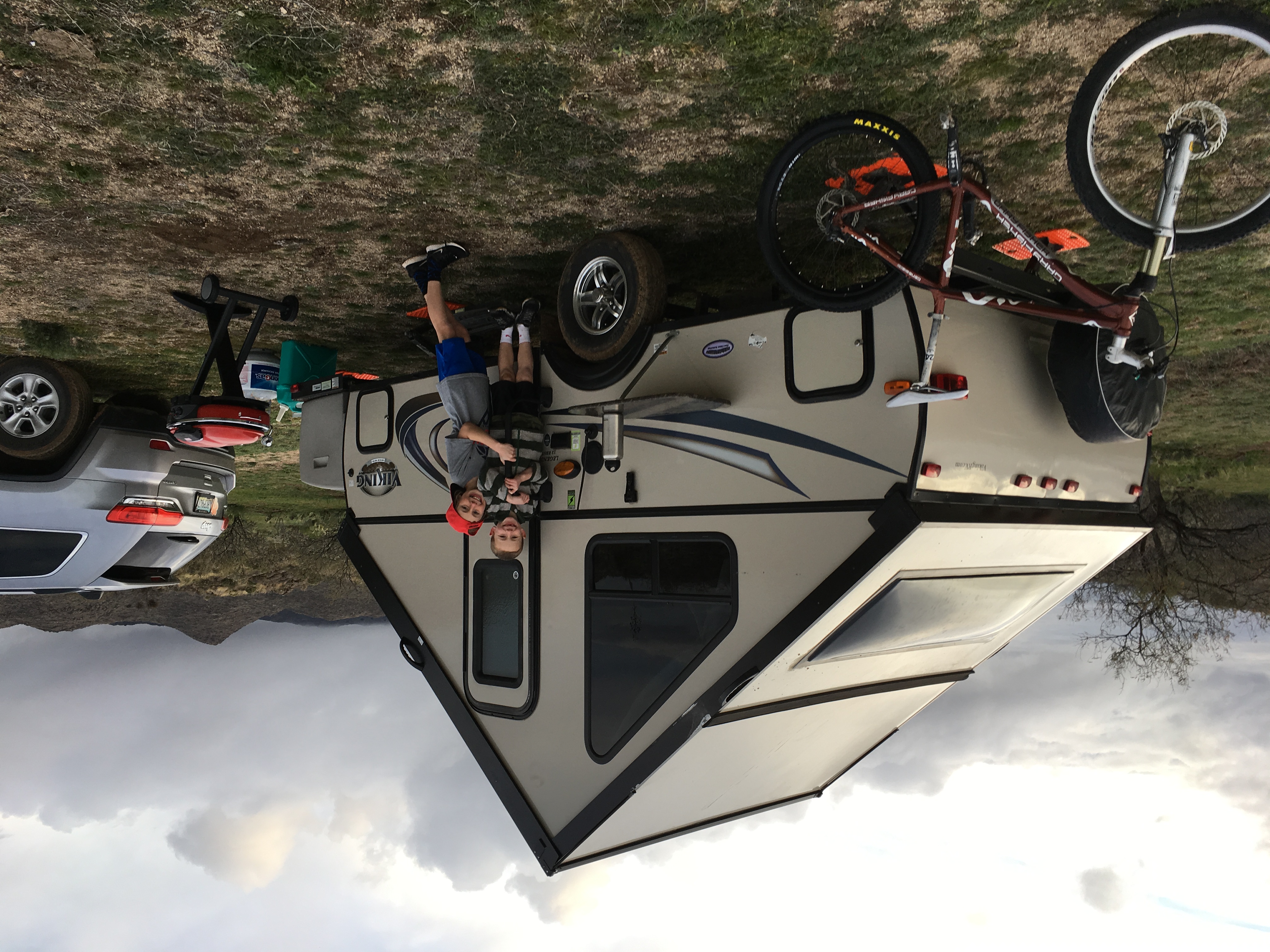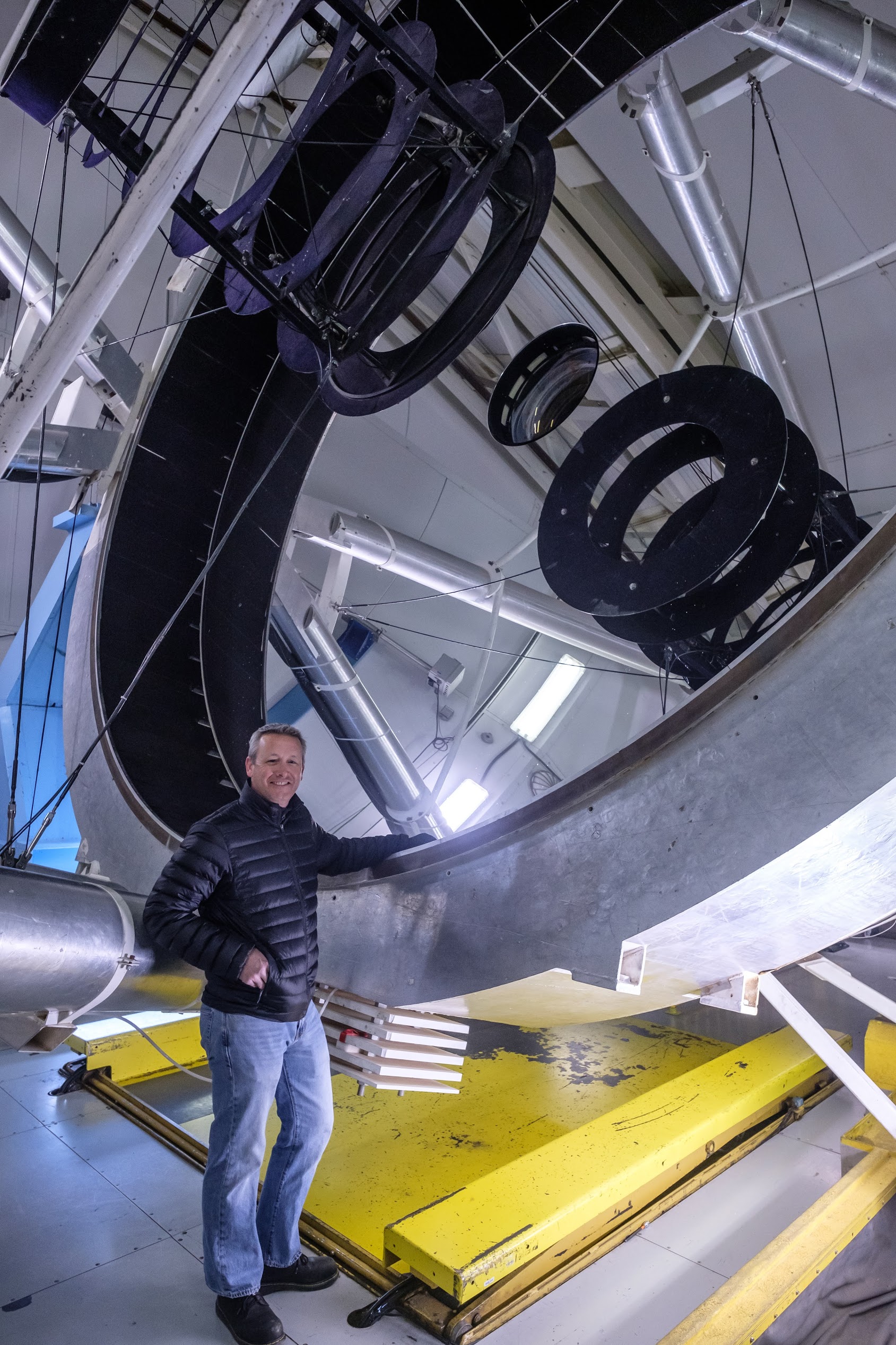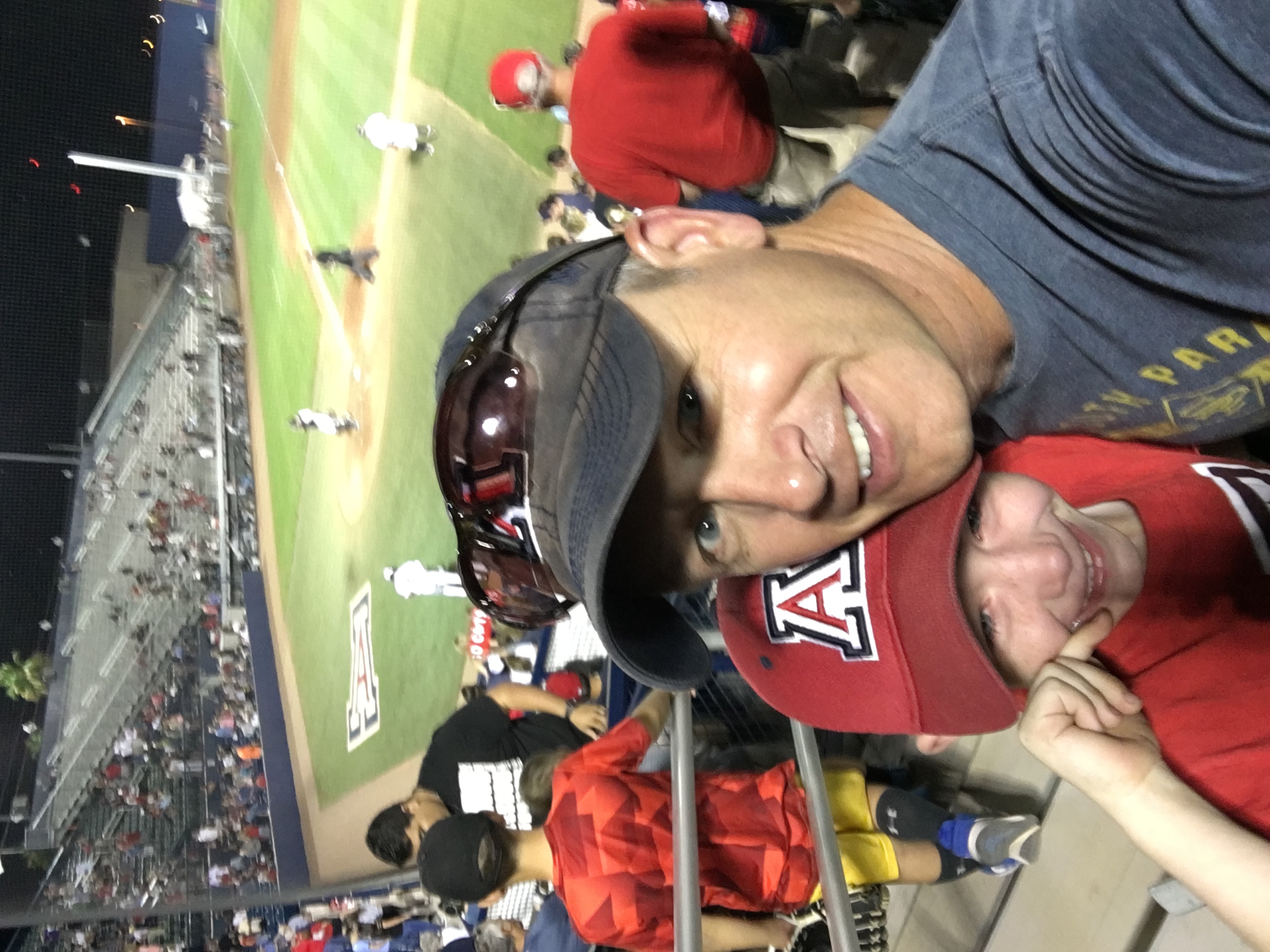Polarimetry
Polarimetry is a powerful but somewhat underutilized technique for probing the nature of astrophysical objects. Appreciation for the diagnostic potential of polarimetry will likely increase in the near future as a result of: a.) the increased collecting area of 8-m and 30-m class telescopes, b.) developments in instrumentation and detector technology, c.) demands from LSST for understanding transient and variable phenomenon, and d.) advances in modeling and theory which include full 3-D simulation.











